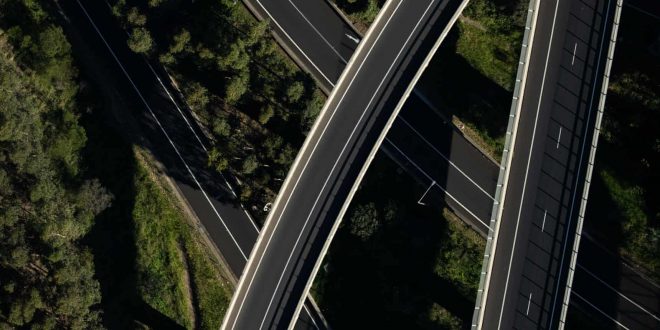Pollution and emissions are down, but we will squander these gains if governments fail to push ahead with decisive change
The current crisis has revealed a sobering truth: the global economic shutdown, which has been achieved at a devastating social cost, has barely dented our carbon emissions. The latest analysis, by the International Energy Agency (IEA), expects this year’s annual emissions to be down by just 6-8%. Such a small drop in emissions would have no measurable effect on the world’s carbon concentration, or its warming potential. Indeed, 2020 is currently on track to be the hottest year ever recorded.
“You’d need about a 10% drop to have a noticeable effect on the rising CO2concentrations, but even then concentrations would still be rising,” says Richard Betts, head of climate impacts at the Met Office. “The rate of rise of CO2 varies from year to year anyway, as the natural carbon sinks get stronger and weaker because of natural processes, like El Niño.” During an El Niño event, tropical forests don’t take up as much carbon, so the atmospheric CO2rises a bit faster. And in La Niña, the opposite occurs. “That effect is probably more important than the small drop in emissions we’re seeing now.”
“It shows that the challenge of avoiding dangerous climate change and getting to zero emissions is unbelievably hard,” says Simon Evans of climate science website Carbon Brief. “Even something which seems to be having seismic implications for the global economy, at least in the short term, like the current crisis, is something of a drop in the ocean compared to that challenge.”
And yet, the cleaner air, burgeoning urban wildlife, and our sudden, dramatic shift to a less carbon-intensive lifestyle reveal the scope of what we can achieve in just days. This is something to cling to as we navigate the twin storms of Covid-19 and climate. We know that the climate crisis will not wait for a more convenient time; we must deal with it and the pandemic crisis concurrently. It is, however, the killer disease that has provoked the strong and urgent response. Governments have been forced to step in and deal with the catastrophe in a way that is unprecedented, including supporting business and industry, and public and private infrastructure.
Across the world, government has never been bigger. Many experts argue that this provides us with a huge opportunity to also deal with the other crisis: to make a transformational leap towards a sustainable society that enables us to keep the world below dangerous warming. How we respond to this unique opportunity could set our climate trajectory for thousands of years to come.
“It means we can’t be fiddling around the edges,” says Betts. “If we are going to have a substantial impact on long-term CO2 concentrations, we need huge, lasting changes in energy systems and other things that rely on fossil fuels.”
It’s worth noting that the IEA analysis was based on the expectation that human activity will return to some approximation of “normal” within months, so the shutdown period itself is likely to produce a far steeper drop in emissions – CO2 emissions in China fell by an estimated 25% during its February lockdown, for example. India, meanwhile, recorded its first ever annual emissions fall for the year ending March, and is expected to show a 30% drop in emissions for the month of April. “But what we’re seeing at the moment is, for the most part, very temporary,” Evans says. “When we drive again, the car still burns petrol.”
Instead, structural change could mean people swapping their combustion engines for electric vehicles. More fundamentally, Evans says, “it would involve reimagining the way our cities are built and organised, so that going without a car becomes easier, through how roads are laid out, and how provision for walking and cycling and public transport is changed.”
All of those things go far beyond the individual choices we make in our everyday lives. “Our choices are bounded by society,” Evans says, “so a shift towards a low-carbon society can’t happen via individual action alone.”
Cities have been leading this transition with innovative buildings and infrastructure projects. Some are already banning cars and trucks as a temporary measure. Others are going further: Milan is reallocating 35km of street space to cyclists and pedestrians; Brussels is creating 40km of new cycle paths; and France is tempting cyclists out with subsidies. In the UK the government has announced a £2bn infrastructure scheme to encourage more walking and cycling and the mayor of London has unveiled measures to create car free bridges and streets. Many cities are exploring some form of a circular economy, in which waste is minimised with resources kept in use as long as possible through recycling and reuse.
The economist Kate Raworth says: “We live in a world that is complex, deeply interconnected, and human health and planetary health are woven into one. So governments need frameworks and ways of thinking that can hold that complexity – that can think about climate and health and jobs and financial stability and inequality in one space.”
 Lebanese Ministry of Information
Lebanese Ministry of Information



